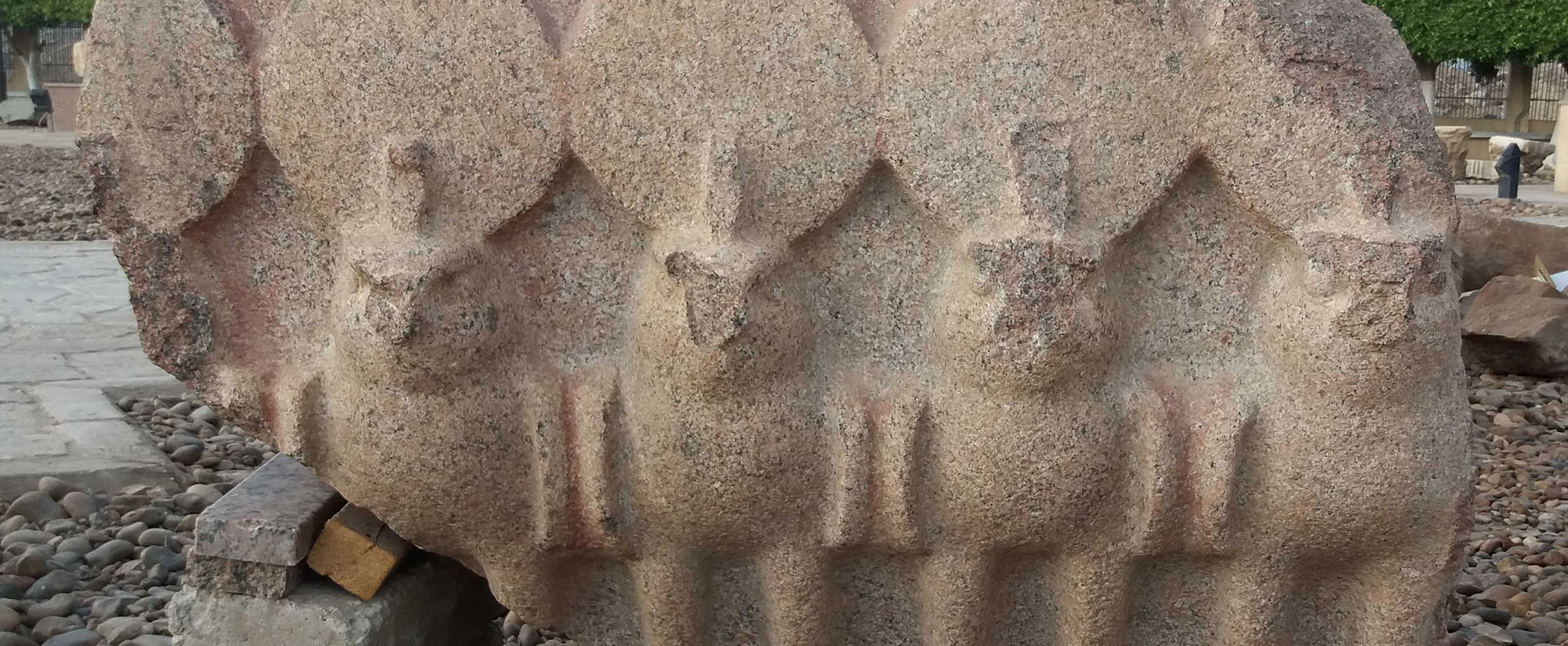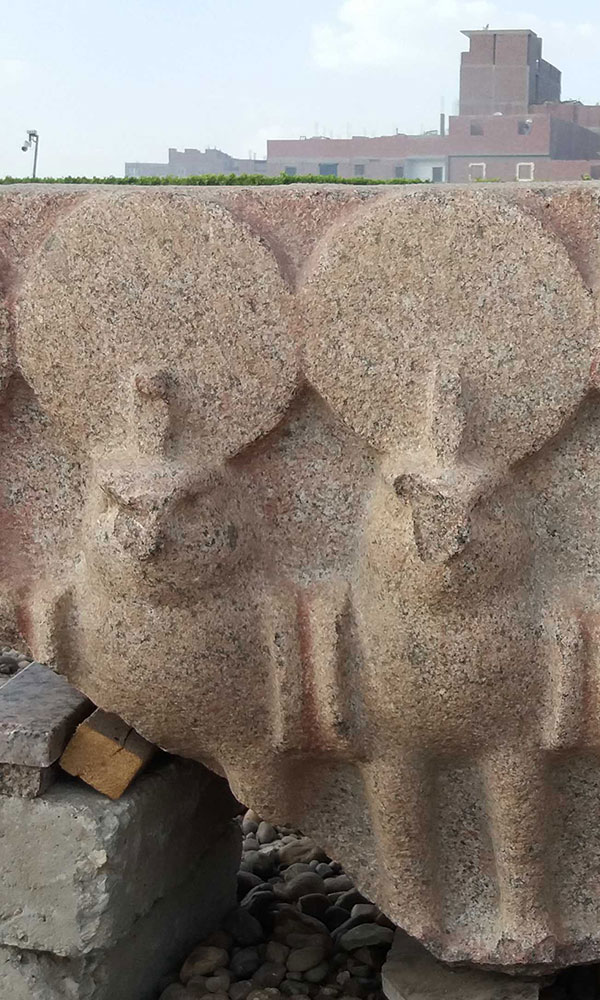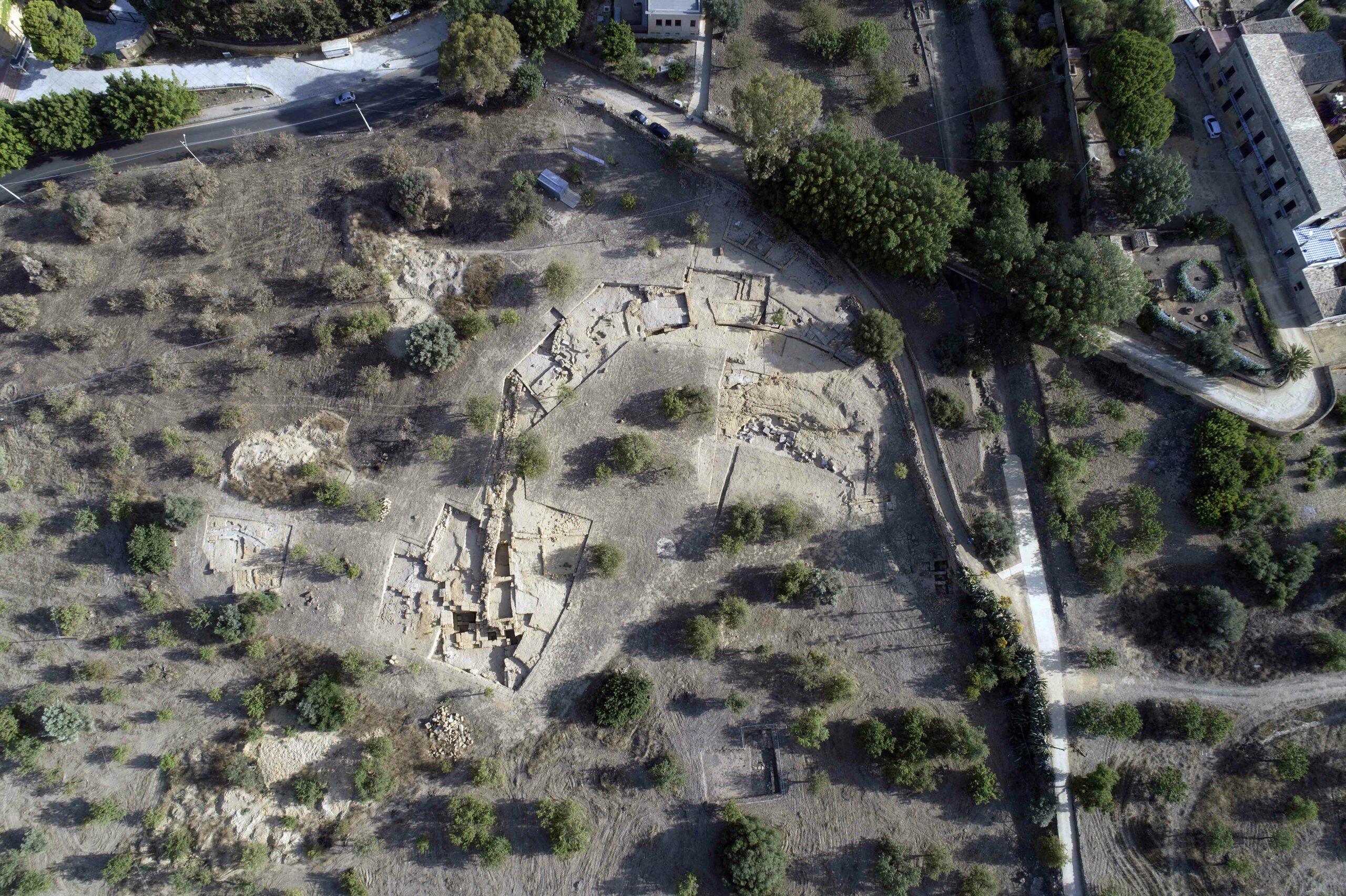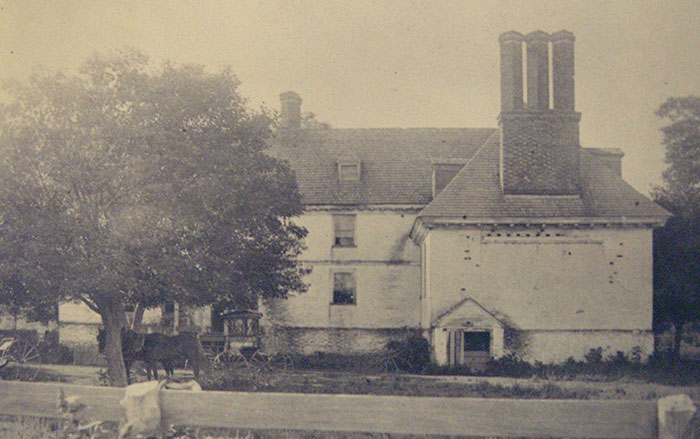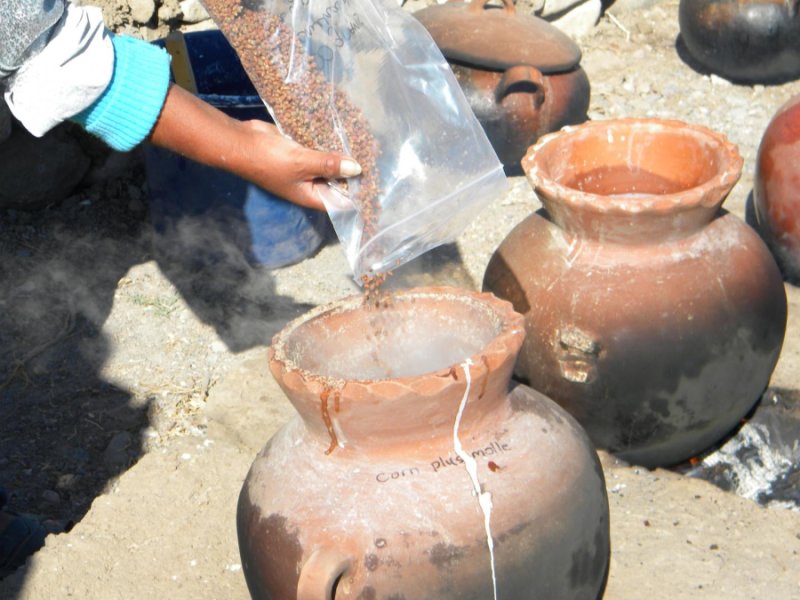
CHICAGO, ILLINOIS—According to a Popular Science report, the production of chicha, a light, sour beer-like beverage usually made from corn, helped to spread the influence of the Wari Empire throughout what is now Peru between A.D. 450 and 1000. Archaeologist Ryan Williams of the Field Museum and his colleagues analyzed the chemical makeup of clay vessels found at a brewery in Cerro Baul, a town at the empire’s southern edge, and found they had been crafted from local materials with Wari iconography. Analysis of chicha residues on the pottery revealed the batch had been brewed from pepper berries, which can grow during drought. Remains of pepper berries were also recovered from the brewery site. Chicha remains drinkable for only about one week, requiring it to be made locally, and because breweries are a common feature at Wari sites, Williams suggests beer brewing and drinking may have been a local activity that brought the Wari people together. “Even in environmentally bad times, [Wari] could continue to kind of maintain this interaction with their population through this production of beer,” Williams said. For more, go to “A Wari Matriarchy?”






